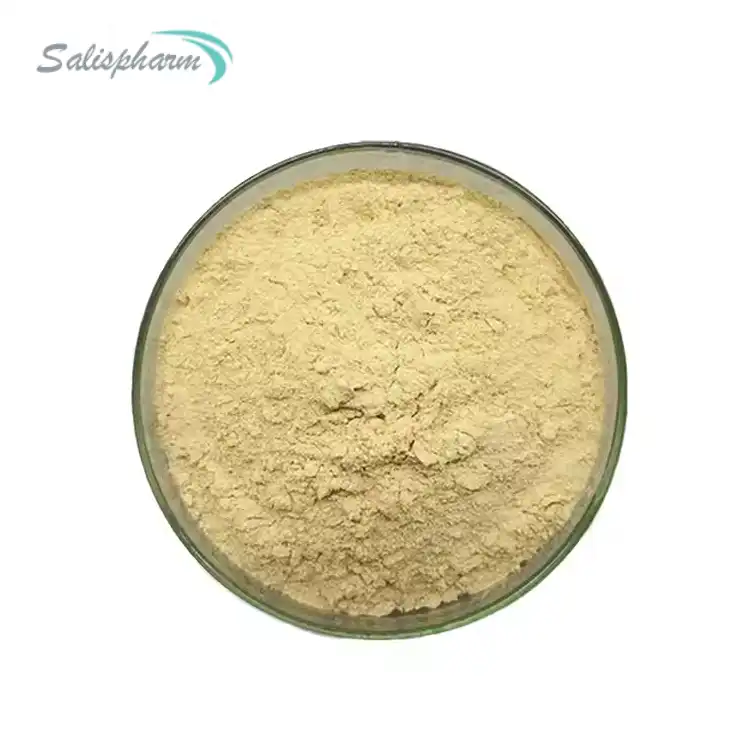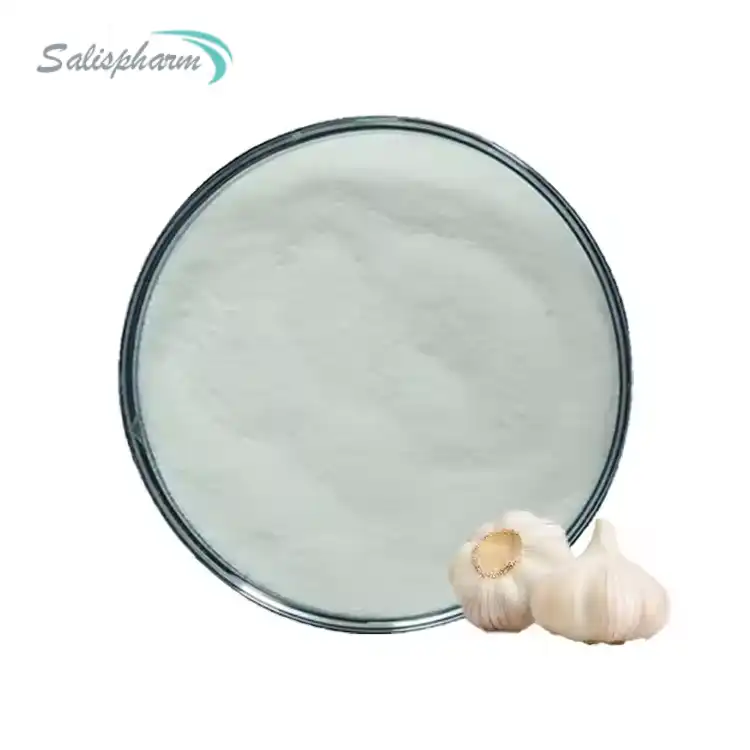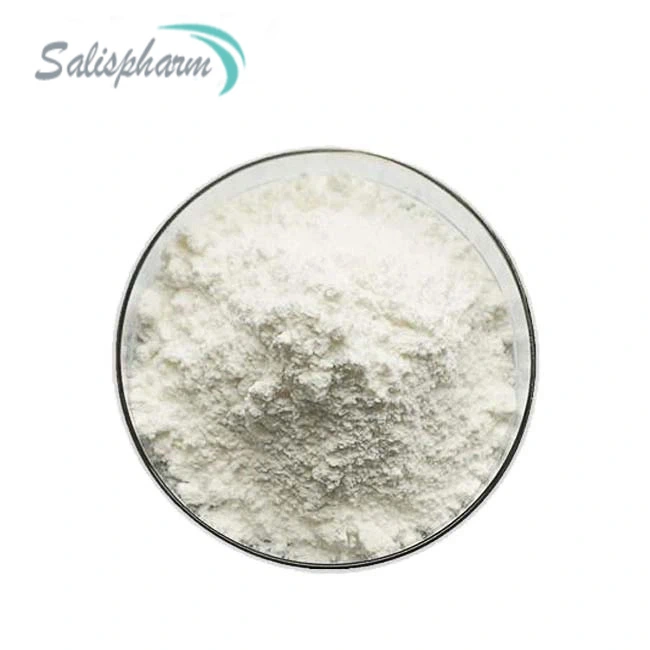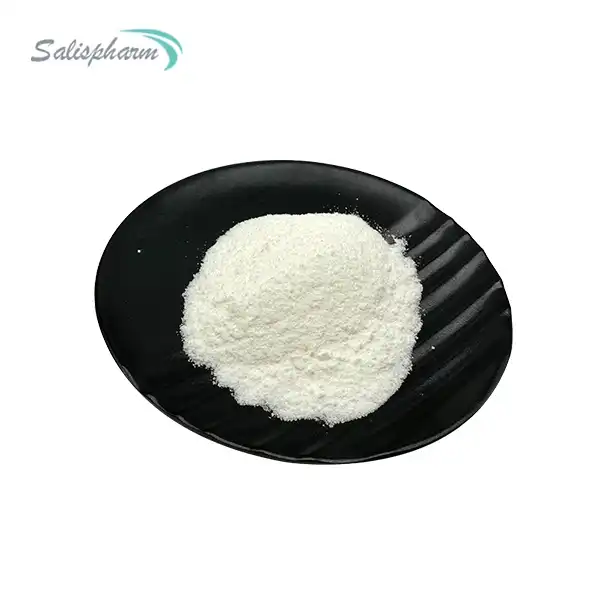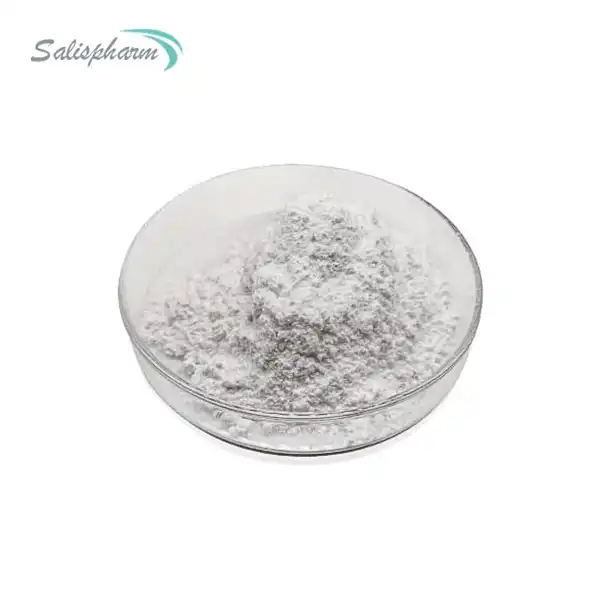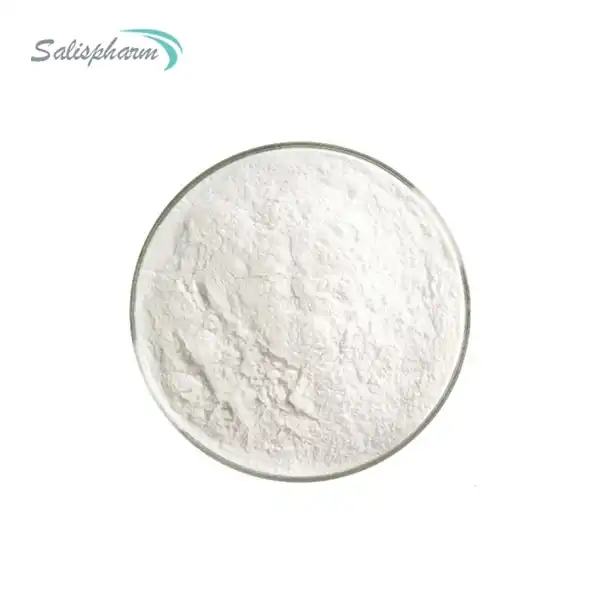Monobenzone powder, a potent depigmenting agent, plays a crucial role in various depigmentation treatments aimed at addressing hyperpigmentation and other skin discoloration concerns. Proper mixing techniques are essential to ensure the effectiveness and safe application of monobenzone-based topical solutions. This article aims to provide a comprehensive guide on the process of mixing monobenzone powder, emphasizing the importance of following precise methods for optimal results.
Understanding Monobenzone Powder
Monobenzone powder is a synthetic derivative of hydroquinone, renowned for its ability to inhibit the production of melanin, the pigment responsible for skin coloration. Its depigmenting properties make it a valuable ingredient in treating conditions such as melasma, age spots, post-inflammatory hyperpigmentation, and other forms of localized hyperpigmentation. However, improper handling or application of monobenzone can lead to adverse effects, highlighting the need for meticulous mixing procedures.
Monobenzone works by inhibiting the enzyme tyrosinase, which is crucial for the conversion of tyrosine to melanin pigments. By disrupting this process, monobenzone effectively reduces the production of melanin, leading to a lightening effect on the skin. However, it's important to note that monobenzone should only be used under the guidance and supervision of a qualified healthcare professional, as its potency and potential side effects necessitate careful monitoring.
Selection of Solvents
Choosing the appropriate solvent for mixing monobenzone powder is a critical step in the process. Common solvents used include propylene glycol and ethanol, each offering unique advantages and considerations. Propylene glycol is a humectant that helps improve the penetration and absorption of monobenzone into the skin, while ethanol enhances the stability and shelf life of the solution. The selection of the solvent may depend on factors such as the desired concentration, intended application area, and individual skin sensitivity.
Propylene glycol is a popular choice for monobenzone formulations as it acts as a penetration enhancer, facilitating the delivery of the active ingredient into the deeper layers of the skin. Its humectant properties help to maintain skin hydration, which can be beneficial for individuals with dry or sensitive skin. However, some individuals may experience irritation or allergic reactions to propylene glycol, so patch testing is recommended before widespread application.
Ethanol, on the other hand, is a volatile solvent that can improve the stability and shelf life of monobenzone solutions. It acts as a preservative, helping to prevent microbial growth and extend the usable lifespan of the formulation. Ethanol-based monobenzone solutions may be preferred for individuals with oily or acne-prone skin, as the evaporative properties of ethanol can provide a drying effect. However, ethanol can be drying and potentially irritating to some individuals, particularly those with sensitive or compromised skin barriers.
Step-by-Step Mixing Process
To ensure accurate and consistent results, follow these step-by-step instructions for mixing monobenzone powder:
Step 1: Gather the necessary materials, including a clean glass or plastic container, a precise measuring scale, a non-reactive stirring rod or spatula, and the desired solvent (propylene glycol or ethanol).
Step 2: Measure the required amount of monobenzone powder using the scale, following the prescribed concentration for your specific treatment protocol. It's crucial to follow the dosage instructions provided by your healthcare professional, as excessive concentrations can increase the risk of adverse effects.
Step 3: In the container, add a small amount of the chosen solvent and gently mix with the monobenzone powder using the stirring rod or spatula. Gradually add more solvent while continuously stirring to ensure complete dissolution of the powder.
Step 4: Once the powder has fully dissolved, continue stirring for an additional minute or two to ensure homogeneity of the solution.
Step 5: If necessary, adjust the final volume of the solution by adding the remaining solvent to achieve the desired concentration.
Step 6: Transfer the mixed solution to an airtight, amber-colored container to protect it from light and moisture, which can degrade the active ingredient over time.
Throughout the mixing process, maintain sterile conditions and wear appropriate personal protective equipment, such as gloves and a mask, to avoid accidental exposure or contamination. Monobenzone can be absorbed through the skin and mucous membranes, potentially leading to unwanted depigmentation or other adverse effects.
Storage and Handling
Proper storage and handling of the mixed monobenzone solution are crucial to maintain its potency and stability. Store the solution in an airtight, amber-colored container, away from direct light and moisture. Refrigeration may be recommended to extend the shelf life of the solution, but be sure to consult with a healthcare professional or follow the specific instructions provided.
Avoid contamination by using clean, sterile applicators or utensils when dispensing the solution. Discard any unused or expired solution, as monobenzone can degrade over time, potentially reducing its effectiveness or causing adverse reactions. It's also essential to follow the recommended application instructions and frequency provided by your healthcare provider to minimize the risk of side effects.
Precautions and Side Effects
While monobenzone is an effective depigmenting agent, it is essential to be aware of its potential side effects and take appropriate precautions during use. Some common side effects associated with monobenzone include skin irritation, dryness, redness, and temporary discoloration or staining of the skin.
In rare cases, more severe reactions, such as allergic reactions, blistering, or contact dermatitis, may occur. It's crucial to discontinue use and seek medical attention if any severe or concerning side effects arise.
Monobenzone can also cause unwanted depigmentation if applied to areas beyond the intended treatment site. Therefore, it's essential to exercise caution during application and avoid contact with surrounding skin, hair, or mucous membranes.
Additionally, monobenzone should not be used during pregnancy or breastfeeding, as its safety profiles in these conditions have not been fully established. Individuals with certain medical conditions, such as liver or kidney disease, should also consult with their healthcare provider before using monobenzone.
Conclusion
Mixing monobenzone powder for depigmentation treatments requires precision, attention to detail, and adherence to proper techniques. By following the step-by-step process outlined in this guide, incorporating the selection of suitable solvents, and adhering to proper storage and handling practices, individuals can effectively prepare monobenzone solutions for safe and effective topical application. Remember, it is always advisable to consult with a qualified healthcare professional or dermatologist for personalized guidance and supervision throughout the depigmentation treatment process. Proper precautions and monitoring are essential to minimize the risk of adverse effects and achieve the desired results.
If you are also interested in this product and want to know more product details, or want to know about other related products, please feel free to contact iceyqiang@gmail.com.
References:
1. Grimes, P. E. (2009). Dermatological monobenzyl ether of hydroquinone: Its history and current status. The Journal of Dermatological Treatment, 20(5), 252-257.
2. Draelos, Z. D. (2007). Skin lightening preparations and the hydroquinone controversy. Dermatologic Therapy, 20(5), 308-313.
3. Shereen, M. A., Ahmed, S. M., & Talat, F. (2011). Stability study of monobenzone in different solvents and creams. Journal of the Chemical Society of Pakistan, 33(2), 195-200.
4. Rendon, M. I., & Gaviria, J. I. (2005). Review of skin-lightening agents. Dermatologic Surgery, 31(7 Pt 2), 866-878.
5. Palumbo, A., d'Ischia, M., Misuraca, G., & Prota, G. (1991). Mechanism of inhibition of melanogenesis by hydroquinone. Biochimica et Biophysica Acta (BBA) - General Subjects, 1073(1), 85-90.
6. Sarkar, R., Arora, P., & Garg, K. V. (2013). Cosmeceuticals for hyperpigmentation: What is available? Journal of Cutaneous and Aesthetic Surgery, 6(1), 4-11.
7. Katsambas, A. D., & Stratigos, A. J. (2001). Depigmenting therapies. Clinics in Dermatology, 19(4), 483-488.
8. Draelos, Z. D. (2007). Skin lightening preparations and the hydroquinone controversy. Dermatologic Therapy, 20(5), 308-313.

